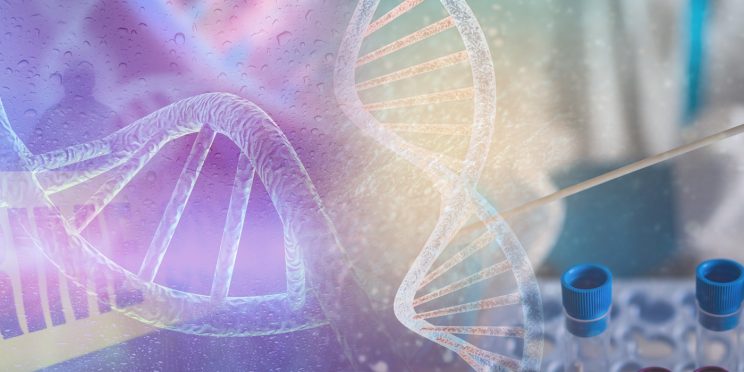← Back to Just Science Podcast
Original Release Date: August 13, 2018
In episode two of our 2018 NIJ R&D Season, Just Science host Dr. John Morgan speaks with human population geneticist Dr. Kenneth Kidd, Professor Emeritus of Genetics and Senior Research Scientist at Yale University.
With the advent of massively parallel sequencing, microhaplotypes have become a valuable new type of DNA marker for use in forensics. These markers have great potential through MPS not only because their statistical power can greatly exceed that of standard forensic markers typed by capillary electrophoresis, but because they are also excellent at quantifying biologic relationships without having to worry about the high mutation rates.
Listen to the discussion surrounding microhaplotypes, from the history of mapping the human genome and the evolution of population genetics, to the implications on forensics that new research in this field is providing.
This episode of Just Science is funded by the National Institute of Justice’s Forensic Technology Center of Excellence [Award 2016-MU-BX-K110].
Guest Biography
Kenneth K. Kidd (Ph.D.) Professor Emeritus of Genetics and Senior Research Scientist at Yale University, is a human population geneticist. He has published over 550 scientific papers on a variety of subjects before and during his 44-year career at Yale. His research has included medical genetics, gene mapping, database design, pharmacogenetics, and a variety of molecular methodologies. His long-standing interest in human population genetics has been combined with his laboratory's expertise in molecular technology to examine human genome diversity at the DNA level. In the late 1980’s and early 1990’s his expertise in both population and molecular genetics provided helpful expert testimony in getting DNA accepted in the courts. After serving on the advisory panels for DNA identification of victims of the World Trade Center Attack and of Hurricane Katrina, he began research in his lab on panels of single nucleotide polymorphisms for various uses in forensics as an extension of his active research on human genetic diversity. His lab is now very active in identifying SNPs useful in forensics and in using bioinformatics to make the data available and useful. His group designed and maintains ALFRED, the large ALlele FREquency Database, and is actively enhancing FROGkb, the Forensic Reference/Resource on Genetics knowledge base. Since 2013 he has also been recognized for his development of microhaplotypes as a new type of forensic marker suited for the coming transition from capillary electrophoresis to massively parallel sequencing as a common method in forensic practice.
The opinions, findings, and conclusions or recommendations expressed in this podcast episode are those of the presenter(s) and do not necessarily reflect those of the U.S. Department of Justice.
Contact us at ForensicCOE@rti.org with any questions and subscribe to our newsletter for notifications.




